Container Lettuce Gardening: Ever dream of snipping fresh, crisp lettuce right from your own backyard, even if you don’t have a sprawling garden? I know I have! Forget those sad, wilted greens from the grocery store. This guide is your ticket to a thriving lettuce patch, all within the cozy confines of a container.
Growing lettuce in containers isn’t just a modern trend; it’s a practice rooted in centuries of resourceful gardening. From ancient Roman rooftop gardens to medieval monastery plots, people have always found clever ways to cultivate food in limited spaces. And let’s be honest, who *doesn’t* love the idea of fresh, organic produce just steps from their kitchen?
In today’s busy world, finding time and space for a traditional garden can be a challenge. That’s where container lettuce gardening comes to the rescue! It’s the perfect solution for apartment dwellers, balcony enthusiasts, or anyone looking to add a touch of green to their lives. Plus, it’s incredibly rewarding to nurture your own food from seed to salad. I’m going to share some simple, yet effective, DIY tricks and hacks that will transform your container lettuce gardening experience from frustrating to fantastic. Get ready to harvest a bounty of delicious, homegrown lettuce – you’ll be amazed at how easy it is!
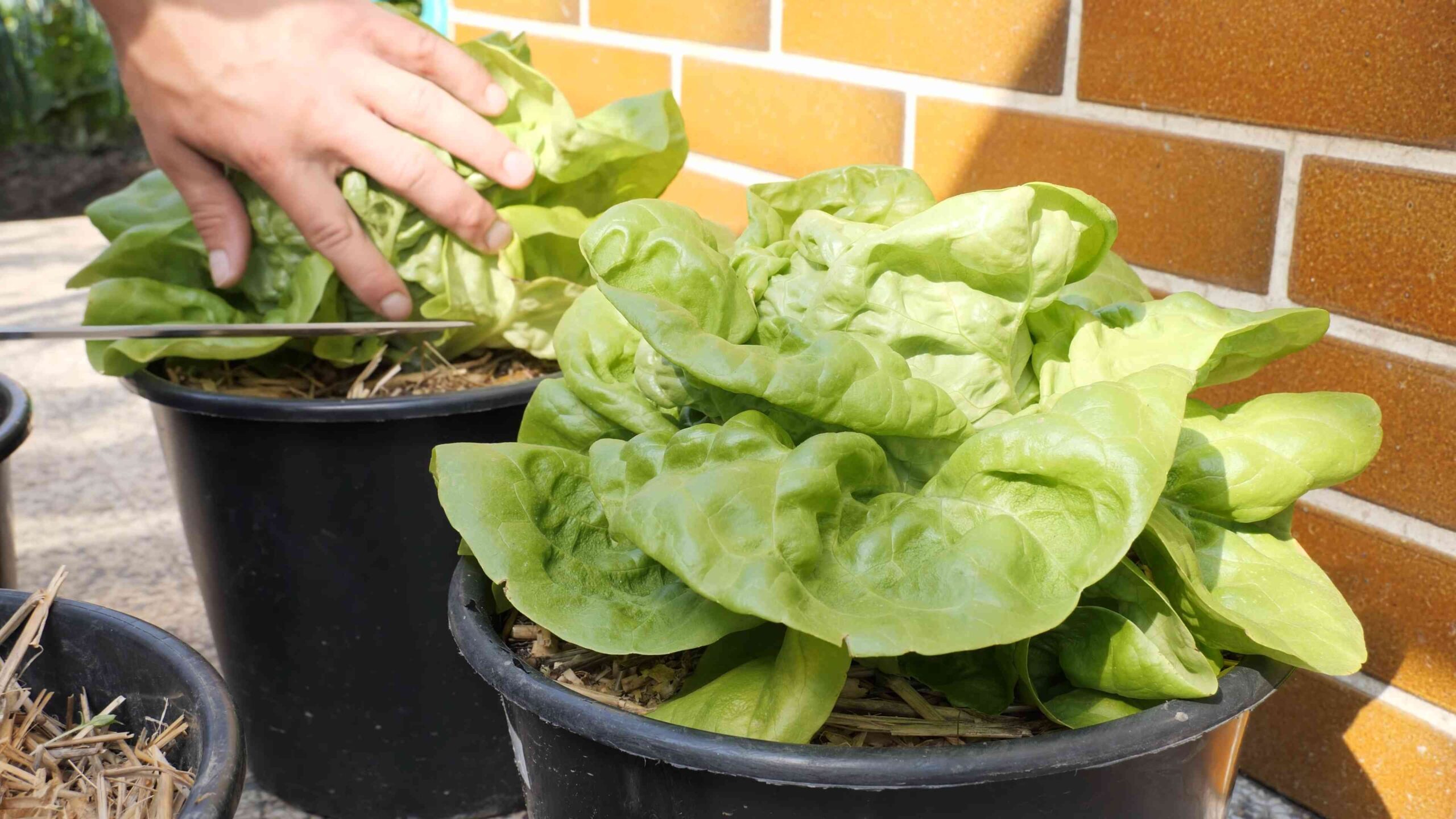
DIY Container Lettuce Garden: Fresh Greens at Your Fingertips!
Hey there, fellow gardening enthusiasts! I’m so excited to share one of my favorite DIY projects with you: creating a thriving lettuce garden right in a container. It’s easier than you think, and the reward of fresh, crisp lettuce whenever you want it is absolutely worth it. Plus, it’s a fantastic way to add a touch of green to your balcony, patio, or even a sunny windowsill. Let’s get started!
Choosing Your Container and Lettuce Varieties
Before we dive into the planting process, let’s talk about selecting the right container and lettuce varieties. This is crucial for a successful and bountiful harvest.
* Container Size: Lettuce doesn’t need incredibly deep soil, but it does need space to spread out. I recommend a container that’s at least 6-8 inches deep and 12 inches wide. A rectangular planter box works great, or even a large, wide pot. Make sure your container has drainage holes! Soggy soil is a lettuce killer.
* Container Material: Plastic, terracotta, or even repurposed containers (like old buckets or tubs) can work. Just ensure they’re clean and have drainage. I personally love using terracotta pots because they look beautiful and allow the soil to breathe.
* Lettuce Varieties: This is where the fun begins! There are so many delicious lettuce varieties to choose from. Here are a few of my favorites:
* Loose-leaf Lettuce: These are the easiest to grow and harvest. You can snip off individual leaves as needed, and the plant will keep producing. ‘Black Seeded Simpson,’ ‘Red Sails,’ and ‘Oak Leaf’ are excellent choices.
* Butterhead Lettuce: These form loose heads with tender, buttery leaves. ‘Buttercrunch’ and ‘Tom Thumb’ are popular options.
* Romaine Lettuce: This is the classic salad lettuce, known for its crisp texture. ‘Paris Island Cos’ and ‘Little Gem’ are great for containers.
* Mesclun Mix: This is a blend of various young lettuce leaves and other greens, offering a diverse flavor profile. It’s a convenient option if you want a mix of textures and tastes.
* Consider Your Climate: Lettuce prefers cool weather. If you live in a hot climate, choose heat-tolerant varieties like ‘Black Seeded Simpson’ or ‘Red Sails,’ and provide some afternoon shade.
Gathering Your Supplies
Now that you’ve chosen your container and lettuce varieties, let’s gather the necessary supplies.
* Container: As discussed above, choose a container with adequate size and drainage.
* Potting Mix: Use a high-quality potting mix specifically formulated for containers. Avoid using garden soil, as it can compact and hinder drainage. I like to use a mix that contains peat moss, perlite, and vermiculite.
* Lettuce Seeds or Seedlings: You can start lettuce from seed or purchase seedlings from a local nursery. Starting from seed is more economical, but seedlings will give you a head start.
* Watering Can or Hose: For gentle watering.
* Fertilizer (Optional): A balanced liquid fertilizer can help boost growth, but it’s not essential.
* Trowel or Small Shovel: For planting.
* Gardening Gloves (Optional): To keep your hands clean.
Planting Your Lettuce
Alright, let’s get our hands dirty! Here’s a step-by-step guide to planting your lettuce in a container.
1. Prepare the Container: Make sure your container is clean and has drainage holes. If the drainage holes are large, you can place a layer of landscape fabric or coffee filter at the bottom to prevent soil from washing out.
2. Fill the Container with Potting Mix: Fill the container with potting mix, leaving about an inch or two of space at the top. Gently pat down the soil to remove any air pockets.
3. Sowing Seeds (if starting from seed):
* Moisten the soil surface with water.
* Sprinkle the lettuce seeds evenly over the soil surface.
* Cover the seeds with a thin layer of potting mix (about 1/4 inch).
* Gently water the soil again, being careful not to dislodge the seeds.
4. Planting Seedlings (if using seedlings):
* Gently remove the seedlings from their containers.
* Loosen the roots slightly with your fingers.
* Dig small holes in the potting mix, spacing them according to the mature size of the lettuce variety (usually 4-6 inches apart).
* Place the seedlings in the holes and gently backfill with potting mix.
* Water thoroughly.
5. Label Your Lettuce: It’s a good idea to label your lettuce varieties, especially if you’re growing multiple types. You can use plant markers or even popsicle sticks.
6. Choose a Location: Place your container in a location that receives at least 4-6 hours of sunlight per day. Lettuce prefers morning sun and afternoon shade, especially in warmer climates.
7. Water Regularly: Keep the soil consistently moist, but not soggy. Water when the top inch of soil feels dry to the touch.
Caring for Your Lettuce Garden
Now that your lettuce is planted, it’s time to provide the care it needs to thrive.
* Watering: Water regularly, especially during hot, dry weather. Check the soil moisture daily and water when the top inch feels dry. Avoid overwatering, as this can lead to root rot.
* Fertilizing (Optional): If you want to give your lettuce a boost, you can fertilize it every 2-3 weeks with a balanced liquid fertilizer diluted to half strength. Follow the instructions on the fertilizer label.
* Weeding: Keep your container free of weeds. Weeds compete with lettuce for nutrients and water.
* Pest Control: Lettuce is generally pest-resistant, but you may encounter aphids or slugs.
* Aphids: These tiny insects can suck the sap from lettuce leaves. You can control them by spraying the plants with a strong stream of water or by using insecticidal soap.
* Slugs: These slimy creatures can munch on lettuce leaves, especially at night. You can control them by handpicking them off the plants or by using slug bait.
* Sunlight: Ensure your lettuce receives adequate sunlight. If you live in a hot climate, provide some afternoon shade to prevent the leaves from wilting.
* Succession Planting: To ensure a continuous harvest, sow new lettuce seeds every 2-3 weeks. This is called succession planting.
Harvesting Your Lettuce
The best part! Harvesting your own homegrown lettuce is incredibly satisfying.
* Loose-leaf Lettuce: You can start harvesting loose-leaf lettuce when the leaves are about 4-6 inches long. Simply snip off the outer leaves with scissors or your fingers, leaving the inner leaves to continue growing. This is called “cut-and-come-again” harvesting.
* Butterhead and Romaine Lettuce: Harvest these when the heads are firm and well-formed. Cut the entire head at the base with a knife.
* Harvest in the Morning: The best time to harvest lettuce is in the morning, when the leaves are crisp and cool.
* Wash and Store: Wash the lettuce leaves thoroughly and store them in a plastic bag in the refrigerator. They should last for several days.
Troubleshooting
Even with the best care, you might encounter some challenges. Here are a few common problems and how to address them:
* Lettuce Bolting: Bolting is when lettuce plants send up a flower stalk and the leaves become bitter. This is usually caused by hot weather or stress. To prevent bolting, choose heat-tolerant varieties, provide afternoon shade, and water regularly. If your lettuce bolts, you can still harvest the leaves, but they may not taste as good.
* Yellowing Leaves: Yellowing leaves can be caused by overwatering, underwatering, or nutrient deficiencies. Check the soil moisture and adjust your watering accordingly. If you suspect a nutrient deficiency, fertilize with a balanced liquid fertilizer.
* Slow Growth: Slow growth can be caused by insufficient sunlight, poor soil, or pests. Ensure your lettuce is receiving adequate sunlight and that the soil is well-draining. Check for pests and take appropriate action.
Enjoy Your Fresh Lettuce!
And there you have it! A complete guide to growing your own container lettuce garden. With a little care and attention, you’ll be enjoying fresh, delicious lettuce in no time. I love adding my homegrown lettuce to salads, sandwiches, and even tacos. The possibilities are endless! Happy gardening!
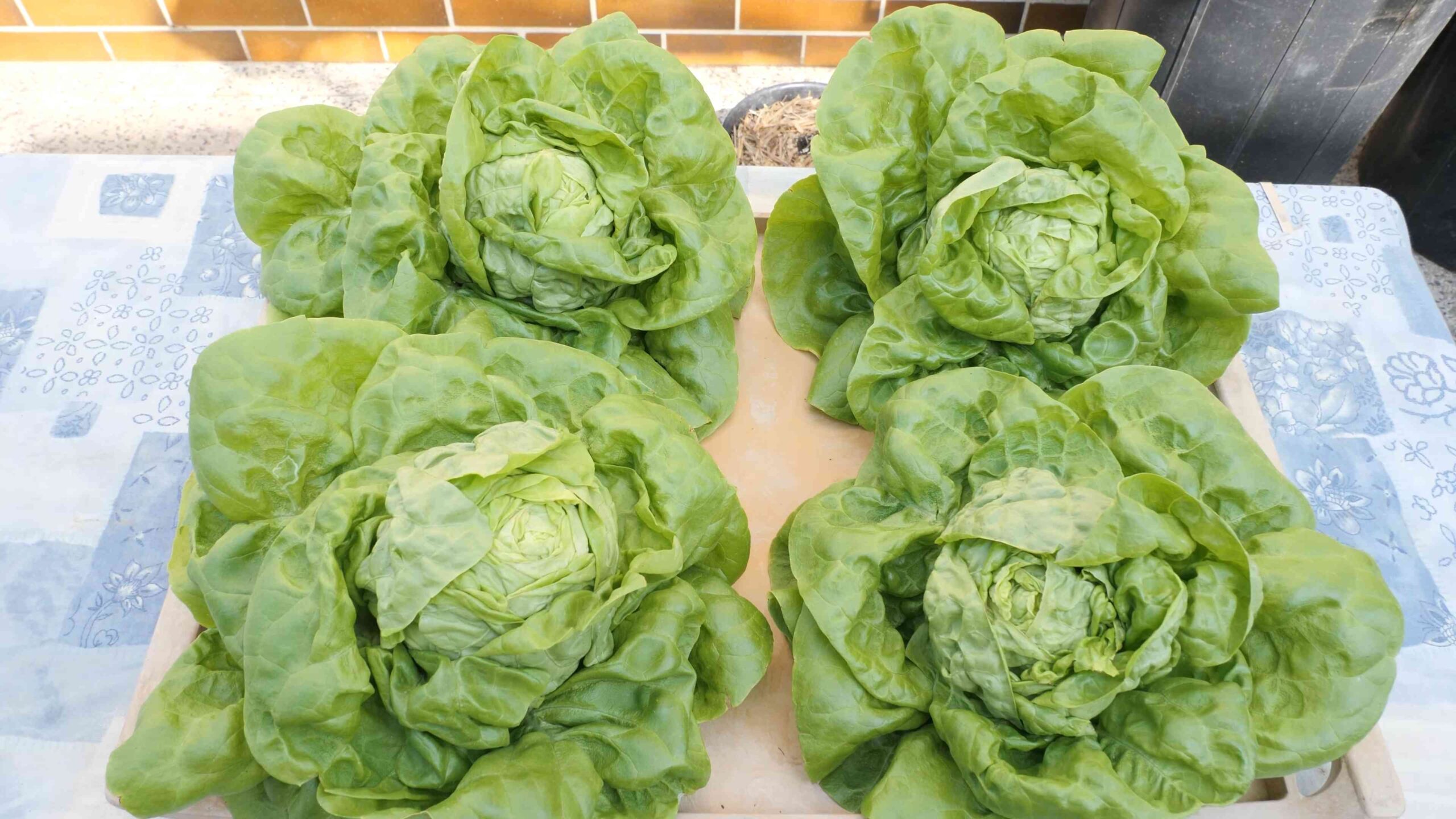
Conclusion
So, there you have it! Mastering container lettuce gardening is not only achievable but also incredibly rewarding. We’ve explored the ins and outs of creating your own thriving lettuce patch, right on your balcony, patio, or even windowsill. This DIY approach empowers you to enjoy fresh, crisp lettuce whenever you desire, without relying on grocery store produce that may have traveled miles and lost its peak flavor and nutritional value.
Why is this a must-try? Because it’s about more than just lettuce. It’s about connecting with your food source, reducing your environmental footprint, and experiencing the satisfaction of nurturing something from seed to salad. Imagine the joy of harvesting your own vibrant green leaves, knowing exactly where they came from and what went into growing them. It’s a taste of self-sufficiency and a step towards a more sustainable lifestyle.
But the beauty of container lettuce gardening lies in its adaptability. Feel free to experiment with different lettuce varieties. Romaine, butterhead, loose-leaf – each offers a unique flavor and texture profile. You can even create a mixed lettuce container for a colorful and diverse salad blend. Consider adding companion plants like marigolds or basil to deter pests and enhance the overall health of your lettuce.
For those seeking a more advanced challenge, try succession planting. By sowing new seeds every few weeks, you can ensure a continuous harvest throughout the growing season. Or, explore vertical gardening techniques to maximize your space and create a stunning green wall of lettuce.
Don’t be afraid to get your hands dirty and embrace the learning process. Container lettuce gardening is a journey, and every mistake is an opportunity to grow (pun intended!). The key is to start small, observe your plants closely, and adjust your approach as needed.
We are confident that with a little effort and the knowledge you’ve gained here, you can successfully cultivate your own bountiful container lettuce garden. So, grab your containers, potting mix, and lettuce seeds, and embark on this exciting adventure.
We wholeheartedly encourage you to try this DIY trick and experience the magic of growing your own lettuce. And most importantly, we want to hear about your experiences! Share your successes, challenges, and tips in the comments below. Let’s create a community of container lettuce gardening enthusiasts and inspire others to embrace the joys of homegrown goodness. Your insights could be invaluable to someone just starting out. Happy gardening!
Frequently Asked Questions (FAQ)
What is the best type of container to use for container lettuce gardening?
The ideal container for lettuce should be at least 6 inches deep and wide to allow sufficient room for root growth. You can use plastic pots, terracotta pots, fabric grow bags, or even repurposed containers like buckets or tubs. Ensure the container has drainage holes to prevent waterlogging, which can lead to root rot. The material of the container will affect how often you need to water. Terracotta pots, for example, dry out faster than plastic pots.
What kind of soil should I use for container lettuce gardening?
Lettuce thrives in well-draining, nutrient-rich soil. A good quality potting mix specifically formulated for vegetables is highly recommended. Avoid using garden soil, as it can be too heavy and compact, hindering root development. You can also amend your potting mix with compost or other organic matter to improve its fertility and water retention. A slightly acidic to neutral pH (around 6.0 to 7.0) is ideal for lettuce growth.
How often should I water my container lettuce?
Lettuce needs consistent moisture to thrive, but avoid overwatering. Water thoroughly when the top inch of soil feels dry to the touch. The frequency of watering will depend on factors such as the weather, the type of container, and the size of the plant. During hot, dry weather, you may need to water daily. Check the soil moisture regularly and adjust your watering schedule accordingly. Water in the morning to allow the foliage to dry before nightfall, reducing the risk of fungal diseases.
Where is the best location to place my container lettuce garden?
Lettuce prefers partial shade, especially during the hottest part of the day. Aim for at least 4-6 hours of sunlight per day. In hotter climates, providing afternoon shade can prevent the leaves from wilting or becoming bitter. A location that receives morning sun and afternoon shade is ideal. If you’re growing lettuce indoors, place it near a sunny window or use grow lights to supplement natural light. Rotate the container regularly to ensure even growth.
How do I fertilize my container lettuce?
Lettuce is a relatively light feeder, but it still benefits from regular fertilization. Use a balanced, water-soluble fertilizer diluted to half strength every 2-3 weeks. Alternatively, you can incorporate slow-release fertilizer granules into the potting mix at planting time. Avoid over-fertilizing, as this can lead to leggy growth and bitter-tasting leaves. Organic fertilizers like compost tea or fish emulsion are also excellent options.
When is the best time to harvest my container lettuce?
You can start harvesting lettuce leaves as soon as they are large enough to eat, typically when they are 4-6 inches long. Harvest outer leaves first, allowing the inner leaves to continue growing. This cut-and-come-again method allows for a continuous harvest over several weeks. Avoid harvesting during the hottest part of the day, as the leaves will be more prone to wilting. Wash the harvested leaves thoroughly before eating.
What are some common pests and diseases that affect container lettuce?
Common pests that can affect container lettuce include aphids, slugs, snails, and cutworms. You can control these pests by handpicking them off the plants, using insecticidal soap, or applying diatomaceous earth. Diseases that can affect lettuce include downy mildew, powdery mildew, and root rot. Prevent these diseases by providing good air circulation, avoiding overwatering, and using disease-resistant lettuce varieties.
Can I grow lettuce indoors in containers?
Yes, you can successfully grow lettuce indoors in containers. Choose a sunny location near a window that receives at least 4-6 hours of sunlight per day. If natural light is insufficient, use grow lights to supplement it. Use a well-draining potting mix and water regularly. Monitor for pests and diseases and take appropriate action if necessary. Indoor lettuce may require more frequent fertilization than outdoor lettuce.
What are some good companion plants for container lettuce?
Several plants can be grown alongside lettuce to deter pests, improve growth, or enhance flavor. Marigolds are known to repel aphids and other pests. Basil can improve the flavor of lettuce and attract beneficial insects. Radishes can help break up the soil and deter flea beetles. Carrots can provide shade for lettuce during hot weather. Avoid planting lettuce near fennel, as it can inhibit its growth.
How do I prevent my lettuce from bolting (going to seed)?
Bolting is a common problem with lettuce, especially during hot weather. To prevent bolting, choose heat-resistant lettuce varieties, provide afternoon shade, and water regularly. Harvest lettuce leaves frequently to encourage continued leaf production. If your lettuce starts to bolt, you can still harvest the leaves, but they may become bitter. Consider succession planting to ensure a continuous supply of fresh lettuce throughout the growing season.
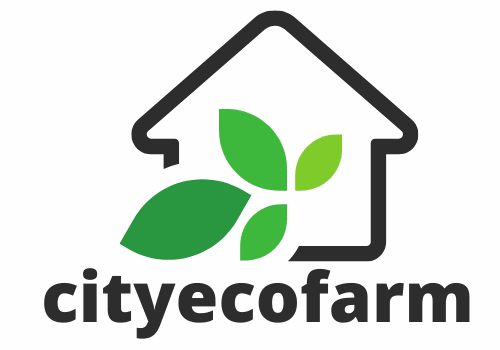
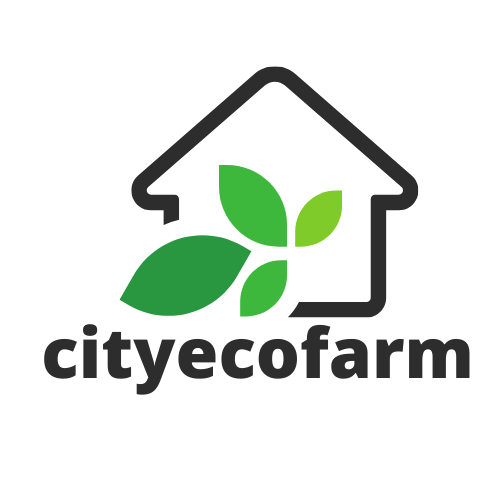
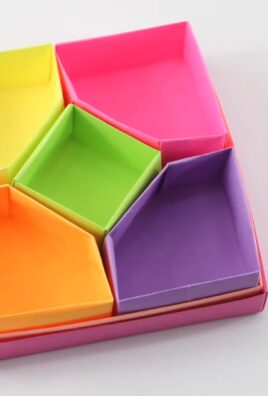
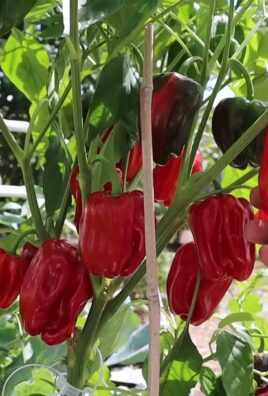
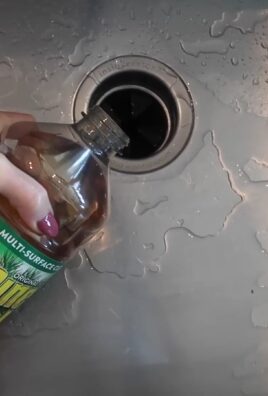
Leave a Comment